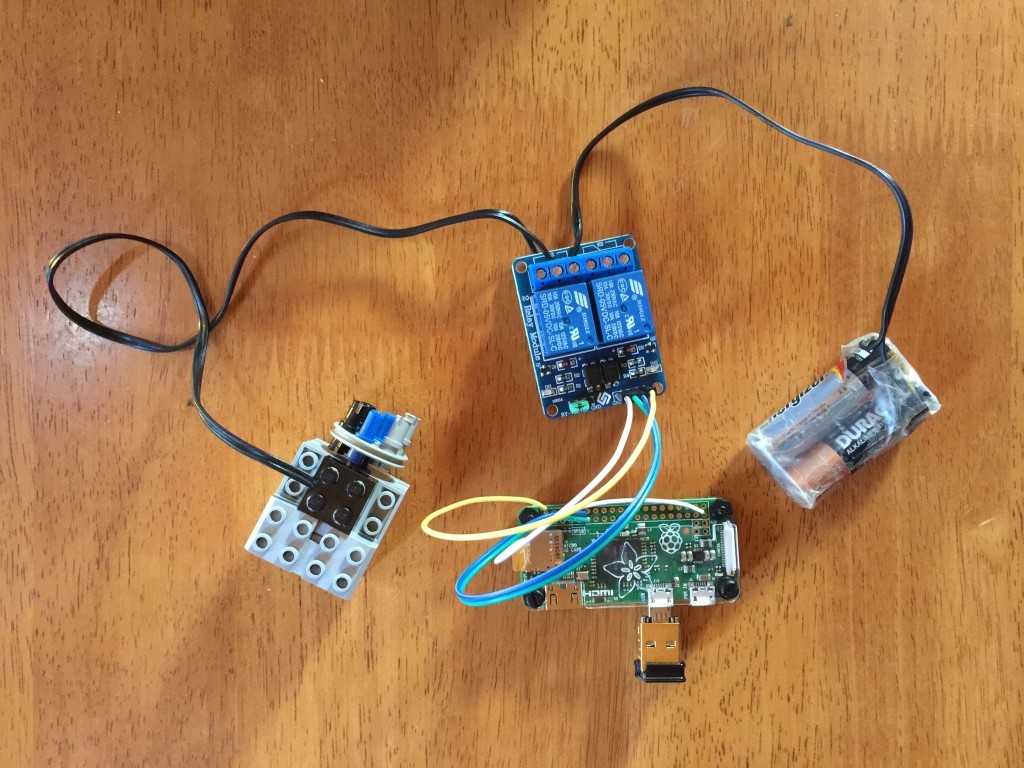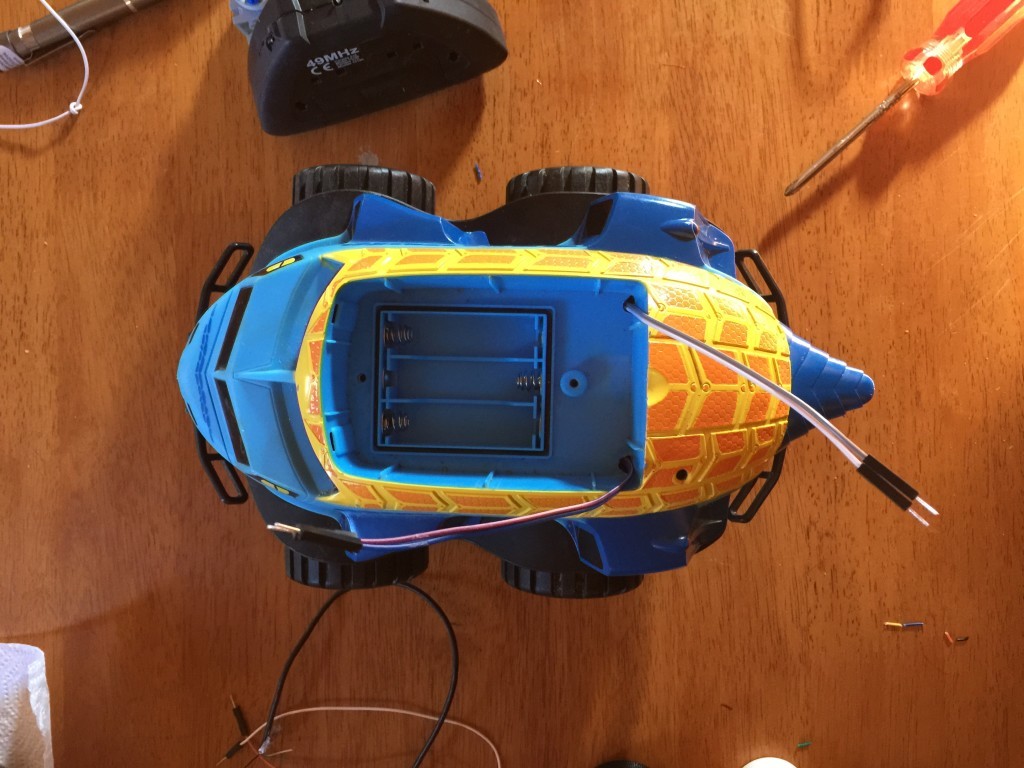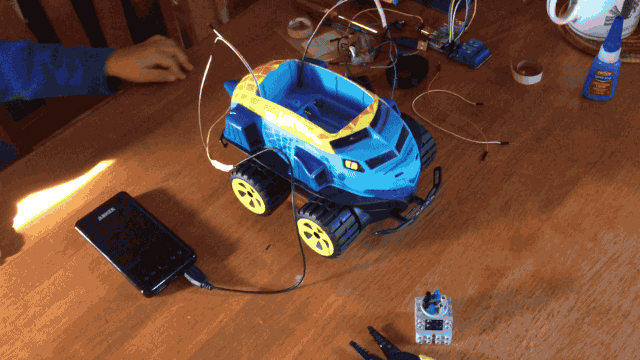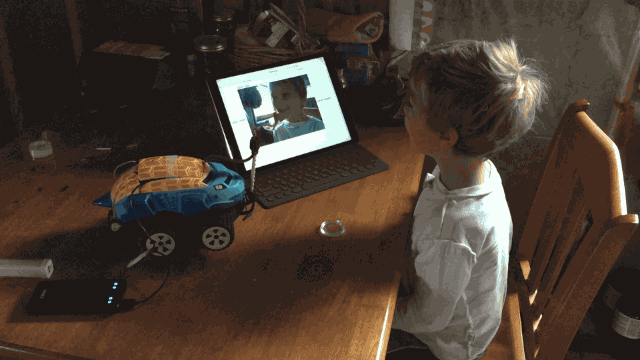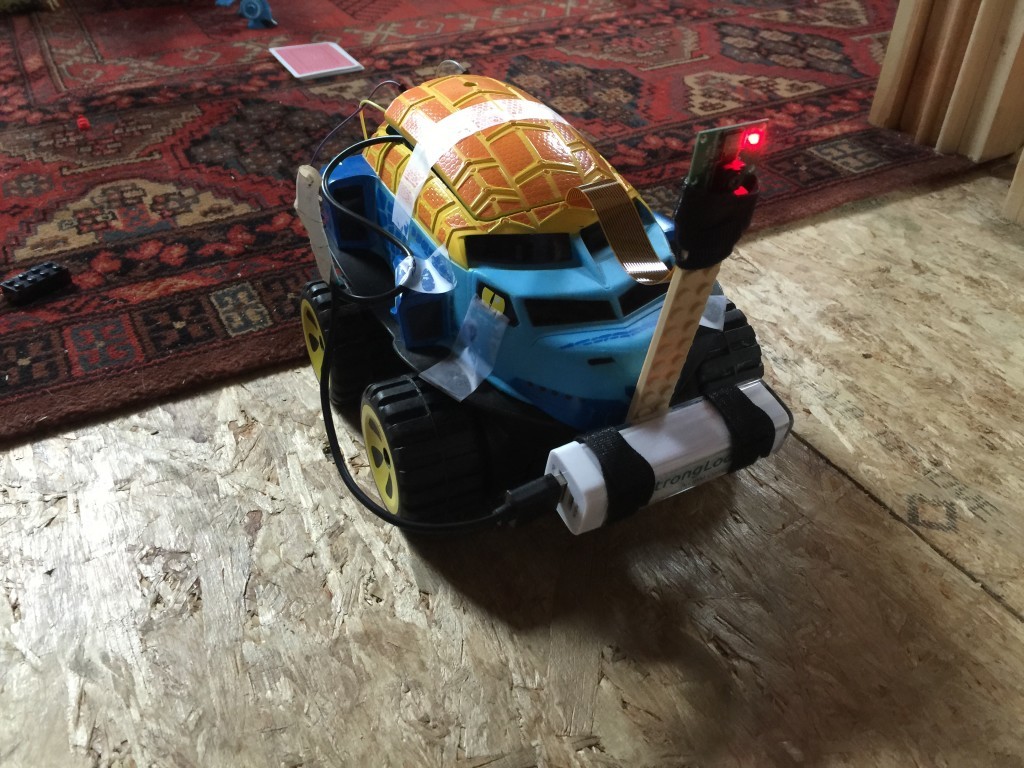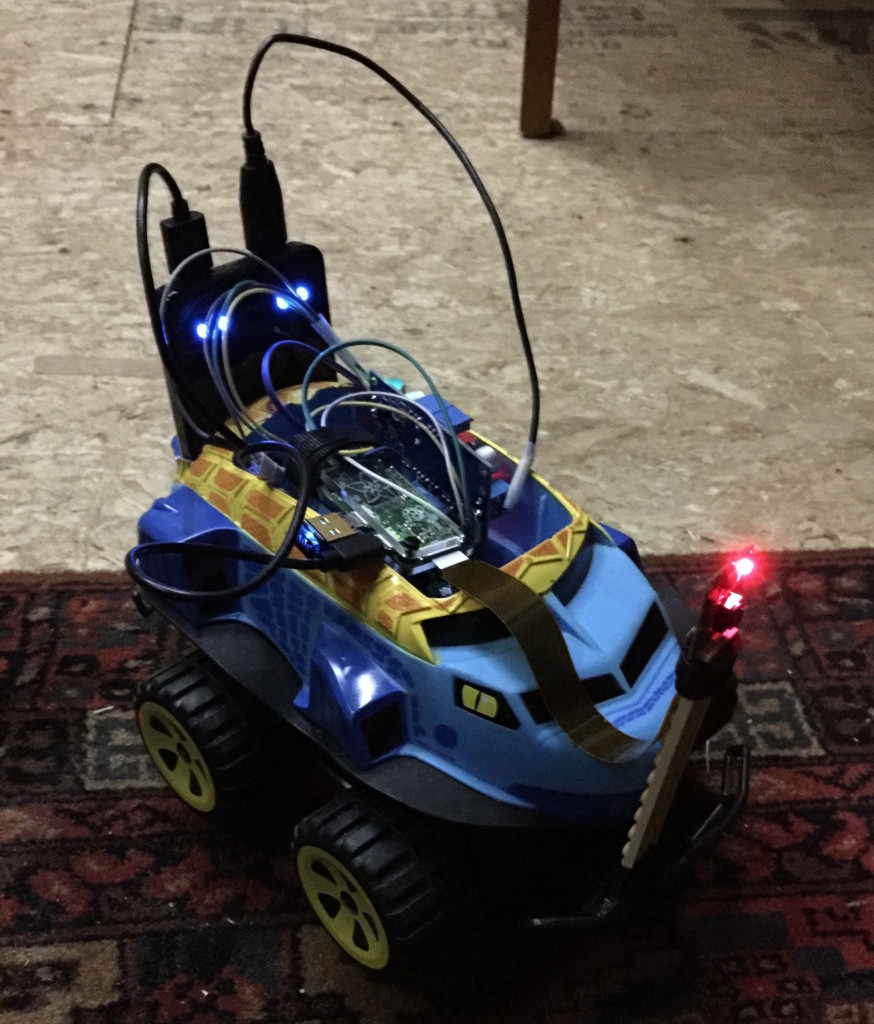I’ve had a terrible time finding a good piece of software to draw mandalas with. To be honest, I don’t care what mandalas are but I’m obsessed with how cool it is to draw with replicated symmetry on multiple axis.
Without further ado, here it is (drag your mouse to draw):
So wow… just wow, this blew up. This little tool ended up making the front page of Reddit in one amazing thread in which many people shared their mandalas. It was an amazing day in many ways, first of all I’ve never seen so many positive comments in a single thread online. The amount of people who seem to have been positively touched by this program is humbling. Drawing mandalas is apparently great stress relief for many and I’ve received several personal notes on how much this program had done for them. I did not see that coming to say the least. Then the fact that this tools was picked up by real artists pushed it to build creations I didn’t even know it was capable of. Lastly, my solar powered raspberry Pi handled hundred of thousands of connections in a single day which turned out to be a technical challenge on top of the overwhelming response. When I set out to create this program, I did not have the slightest idea that it would hit such a sweet spot. I mainly wanted to scratch an itch and couldn’t find any good apps out there. It is a true privilege to have had the chance so see so many people use a tool I made, and have them report they were positively touched by it.
Here is a few of the most amazing mandalas that were posted on the Reddit thread, this is what it looks like when real artists take over your tool 🙂














